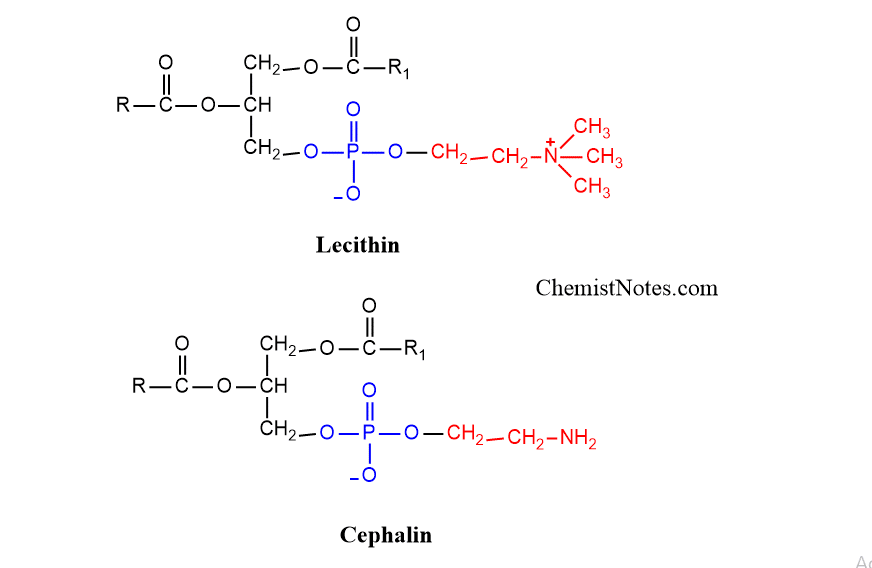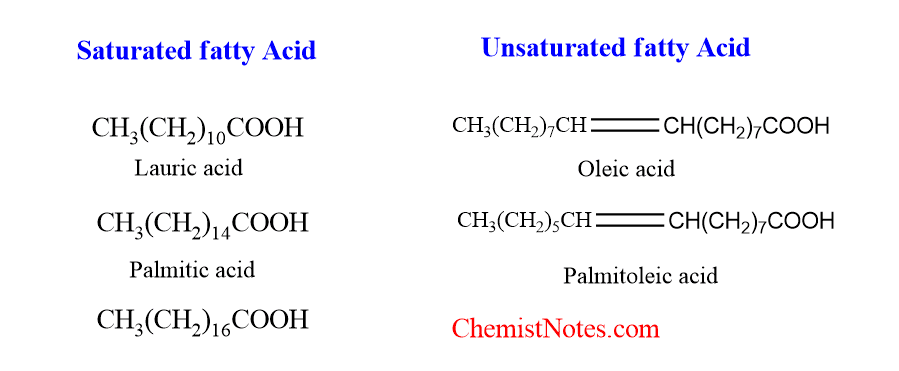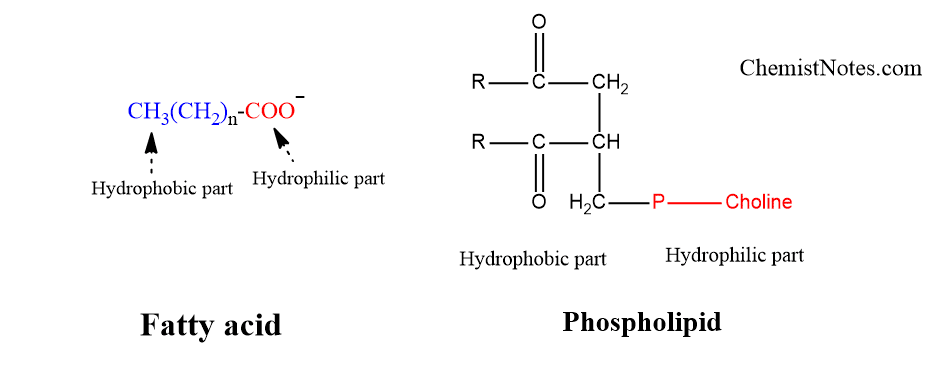Table of Contents
ToggleLipids are derived from greek work lipos which means fat. These are principal storage sources of energy and play vital roles in cellular structure, and also have a role in various biological reactions.
It is difficult to define the term lipid accurately because lipids represent heterogeneous groups of compounds. But simply we can understand lipid as the ester of fatty acid and its derivatives. Lipids are organic compounds, insoluble in water but soluble in organic solvents like alcohol, ether, etc. Many of us may consider lipid as a polymer but this is not true. Actually, lipids are simple compounds, not polymers.
Classification of Lipids
Lipids are classified into the following types.
Simple lipids
These are the ester of fatty acid with an alcohol. On the basis of types of alcohol, it is further divided into two categories.
a. Fats and Oil: These are the ester of fatty acid with glycerol. Then what is the difference between fats and oil? The main difference is their physical state. Fats are solid and oils are liquid at room temperature.
b. Waxes: These are the ester of long-chain fatty acid with alcohol other than glycerol. Generally, Cetyl alcohol is found in waxes.
Compound/complex lipids
These are the ester of fatty acid with alcohol and contain other additional groups like protein, phosphate, nitrogenous bases, carbohydrates, etc. On the basis of these additional groups, complex lipids are further classified into the following types.
a. Phospholipids: These lipids contain phosphoric acid in addition to alcohol and fatty acid. If the alcohol is glycerol then phospholipid is termed Glycerophospholipid. For example Lecithin and cephalin. If the alcohol is Sphingosine, then phospholipid is called Sphingophospholipid.

b. Glycolipids: These lipids contain carbohydrates in addition to fatty acid and nitrogenous bases. Generally, alcohol is sphingosine. These lack Glycerol and phosphate. For example: Gangliosides, cerebroside.
c. Lipoproteins: These lipids contain proteins in addition to fatty acids and alcohol. These are macromolecular complexes.
Derived lipids
These are the lipids formed by the hydrolysis of simple lipids and complex lipids.
Miscellaneous lipids
These include a large number of compounds having the characteristics of lipids. For example Carotenoids, terpenes, etc.
Function of lipids
- Lipids are the fuel reserves of body
- These are the constituents of cell membranes and regulate the permeability of the membranes.
- These are the source of fat-soluble vitamins like vitamin D, A, K, and E.
- . Lipids act as insulating materials and protect the internal organs.
- It gives shape and a smooth look to the body.
- Some of the lipids are cellular metabolic regulators such as steroid hormones and prostaglandin
Fatty acids
These are the longest chain carboxylic acids and are regarded as the simplest form of lipids.
Fatty acids are generally present in the form of ester as the main constituents of lipids.
Saturated and Unsaturated fatty acid
If the fatty acid does not contain the C-C double bond in the structure, then it is called saturated fatty acid. Similarly, if the fatty acid contains C-C double bond in the structure then it is called unsaturated fatty acid. Palmitic acid, Lauric acid, and Stearic acid are examples of saturated fatty acids while Oleic acid, Palmitoleic acid, Linoleic acid, and Linolenic acid are examples of unsaturated fatty acids.

Essential fatty acid
Essential fatty acids are fatty acids that cannot be produced by the organism and must thus be obtained from the diet. Examples of essential fatty acids are linoleic acid, Linolenic acid, and Arachidonic acid. These fatty acids should be included in the diet because the human body lacks the enzyme that can introduce double bonds beyond carbons 9 to 10. Essential fatty acids are essential for membrane construction and function, cholesterol transfer, lipoprotein synthesis, the prevention of fatty liver, etc.
Triacylglycerols
These are the ester of glycerol with fatty acid. These are insoluble in water and lack polar properties. These are also known as triglycerides. The structure of triacylglycerol is shown below.
There are two types of triacylglycerols.
a.Simple triacylglycerol: If the fatty acids are of the same type then these are called simple types. For example: tristearoyl glycerol
b.Mixed triacylglycerol: If the fatty acids are of different types then these are called mixed types. Generally, the C-1 of glycerol contains saturated, C-2 contains unsaturated and C-3 may contain either of them. An example of these is 1,3-palmitoyl 2-linoleoyl glycerol

Amphipathic Lipids
The lipids that possess both hydrophilic and hydrophobic groups are called amphipathic lipids. Examples of amphipathic lipids include fatty acids, phospholipids, sphingolipids, bile salts, etc.







